
Throwing out leftovers that have languished in the fridge always makes me feel guilty, especially if it was from a meal we all enjoyed. But nothing makes me feel worse in the kitchen than throwing away fresh produce that has gone bad in my refrigerator.
Whether it got shoved to the back of the fridge or we couldn’t eat it all before it spoiled, I always feel terrible tossing produce on the compost pile.
But there are things you can do to slow down the process that leads to food spoilage. Depending on the fruit or vegetable, there may be better ways of storing them so they will last longer. And knowing how ethylene affects each type of produce is important too. Give Cheryl’s piece on what foods should and shouldn’t be stored together a read; it’s a real eye-opener.
To help you reduce food waste in your kitchen, we’ve put together a few helpful hacks to keep some popular vegetables and fruits fresh for longer.
1. Bananas
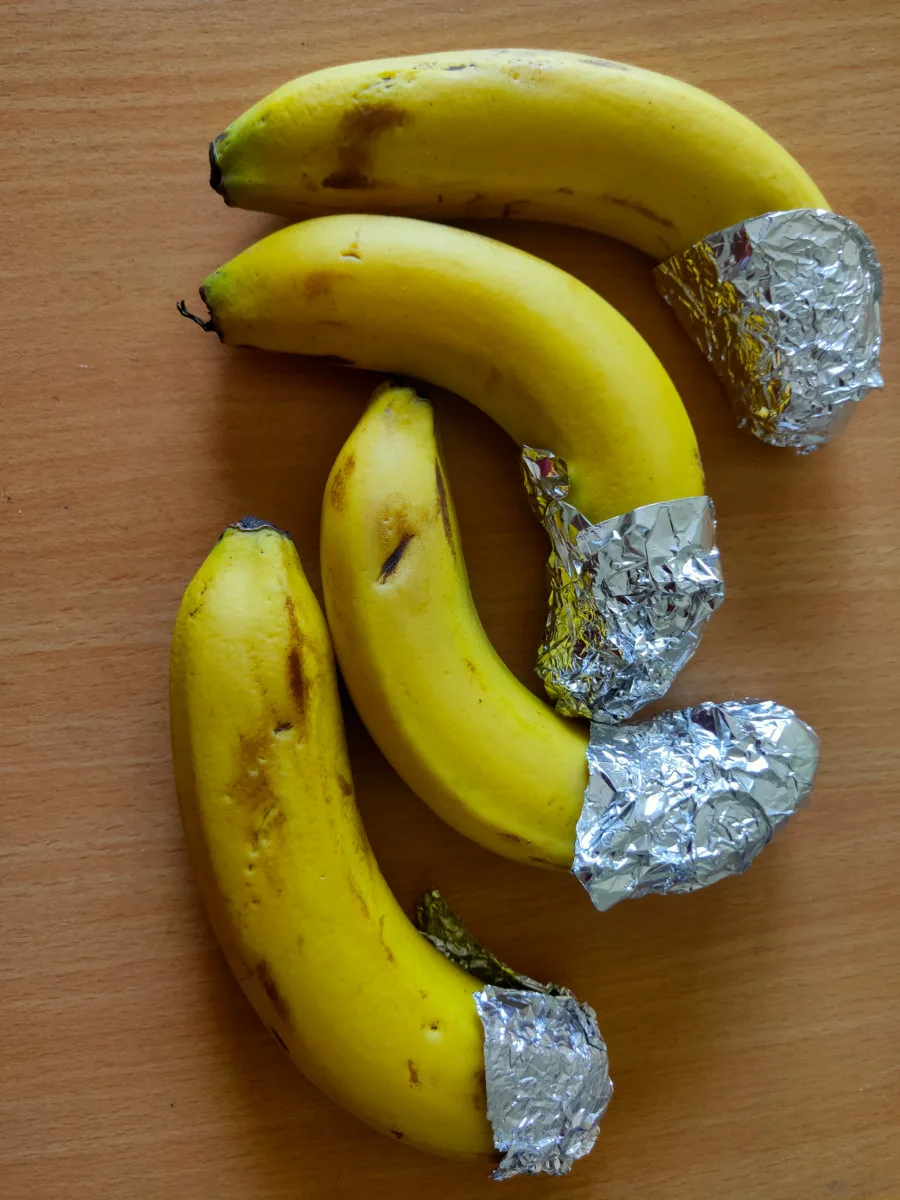
Oh, bananas, it always starts with a little spot, and before you know it, you’re making banana bread because they’re too far gone to peel and eat.
To slow the ripening process, cover your banana stems in foil. Ethylene is released from the stem, and sealing it will give you a few extra days before your bananas start to look pretty spotty.
In our house, bananas on the counter for more than three days get peeled and tossed into a bag in the freezer. These frozen bananas go in our breakfast smoothies, so we never have to worry about wasting them.
2. Tomatoes
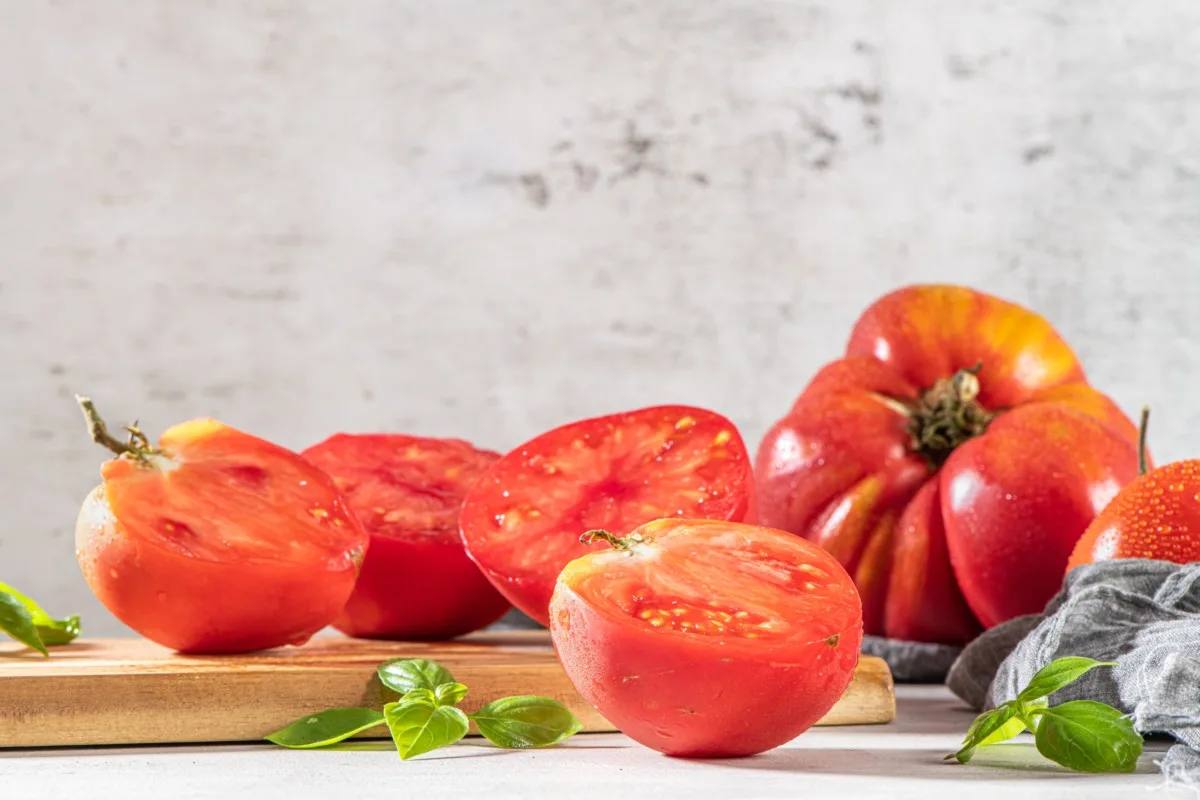
For most things, if you want them to last longer, you put them in the fridge. Keeping things cold helps to slow the enzymes that cause food spoilage.
Except where tomatoes are concerned.
Tomatoes break down quicker when refrigerated. Enzymes in the tomato attack the cell wall and lead to soft, mushy mealy tomatoes. Blech! And you can forget about flavor, too.
Tomatoes produce other enzymes that cause that wonderful vine-ripened tomato flavor, but if stored at temperatures below 55 degrees, those enzymes are no longer produced.
For the best flavor tomatoes that last longer, keep them on the counter away from ethylene-producing fruits.
3. Celery
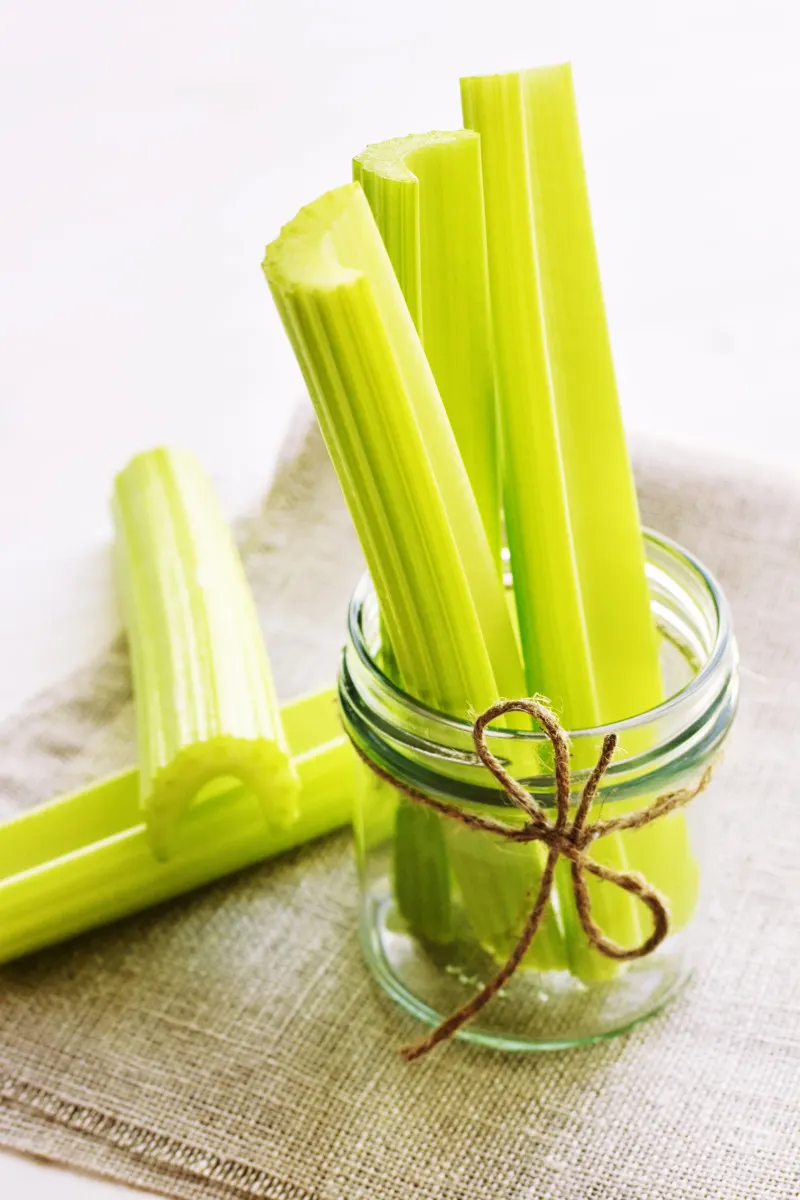
Celery seemed to get a bad reputation in the 80s as being nothing more than diet food. But this fiber-filled vegetable is the perfect chip substitute with its crunch and built-in scoop for dip and hummus.
But after a few days in the fridge, it often wilts and becomes soft.
This is easily remedied.
To perk up limp celery, cut the bottom off and stand the stalks in a jar of cold water. Place the whole thing in the fridge, and you’ll have crisp celery again within a few hours. To keep your celery crisp once it has been revived, store it tightly wrapped in tin foil in your crisper drawer.
Don’t forget to save the tops for your ugly broth bag.
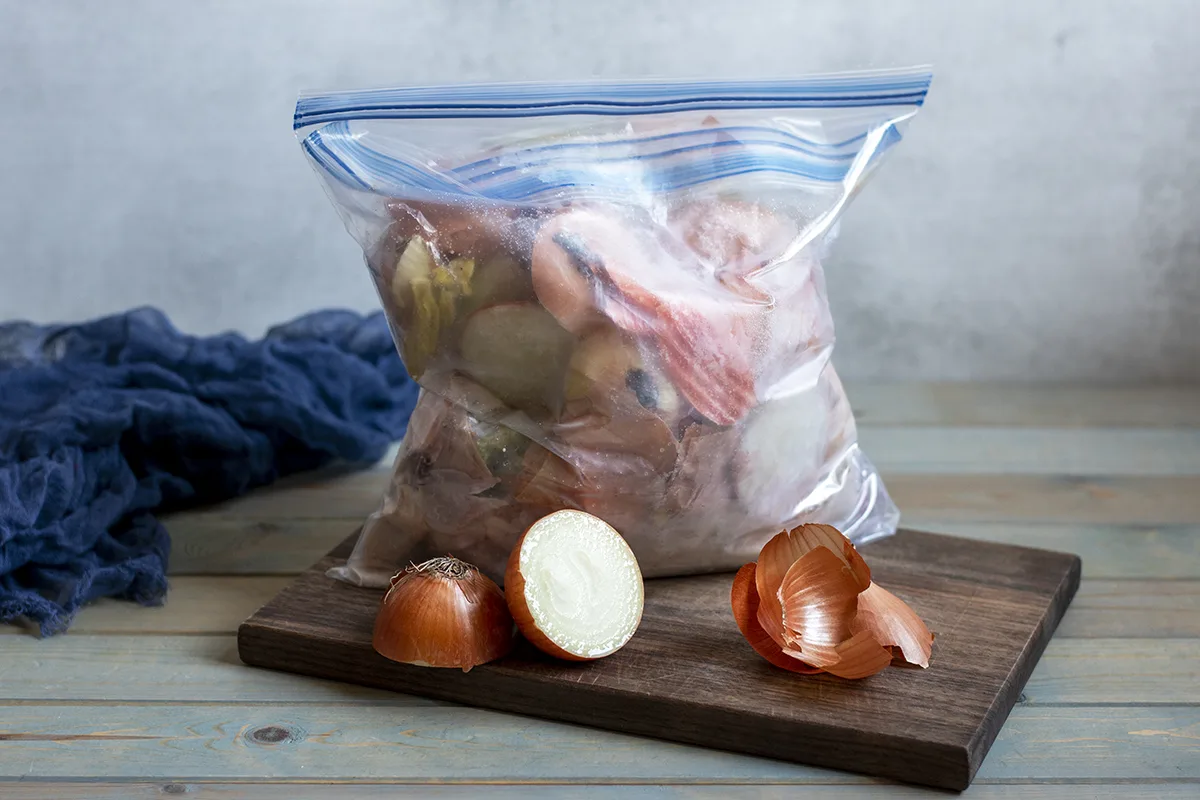
A bonus – letting celery stalks stand in cold water will also help to remove bitterness if you get a celery bunch that wasn’t blanched in the field long enough.
4. Mushrooms
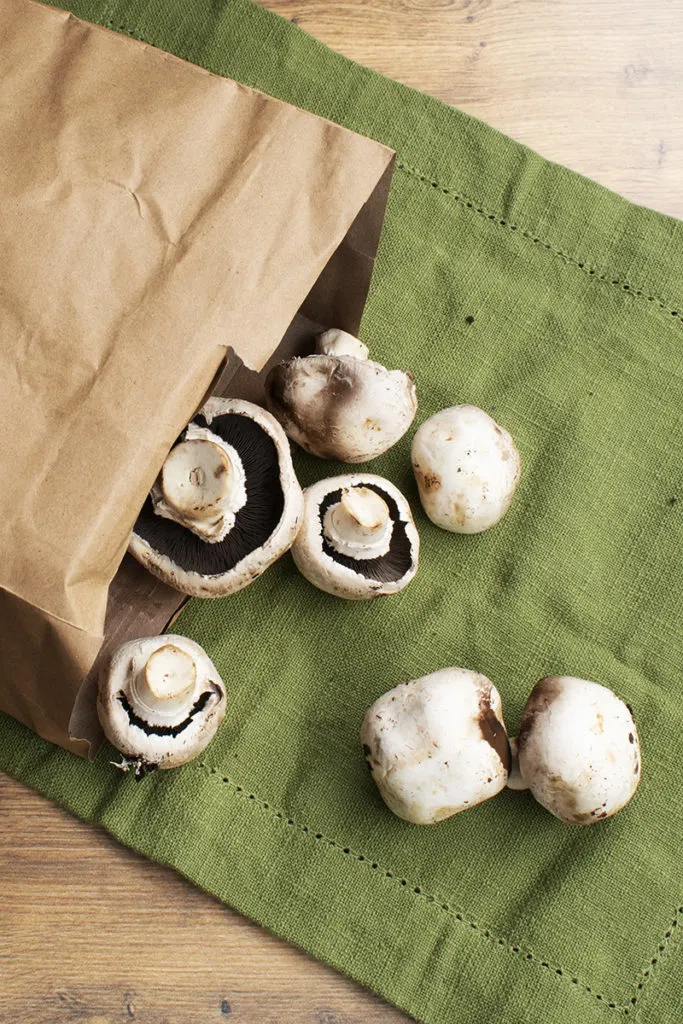
When purchasing mushrooms at the grocery store, they are wrapped in plastic in a small plastic container or on a Styrofoam tray. Most of us immediately put this container directly in the fridge. But if you want your mushrooms to last more than one or two days. That’s not the way to go.
Despite what most folks think, mushrooms don’t like to be too moist.
And leaving them in their plastic-wrapped containers is a sure way to have rotten fungi on your hands. As soon as you get home from the store, transfer the mushrooms to a paper bag. The bag will allow the mushrooms to retain the right amount of humidity so they don’t dry out without being so moist that they rot.
I’ve written a piece on cleaning and storing mushrooms properly, so they last. I even discuss how to tell when mushrooms have started to go bad.
5. Salad Greens
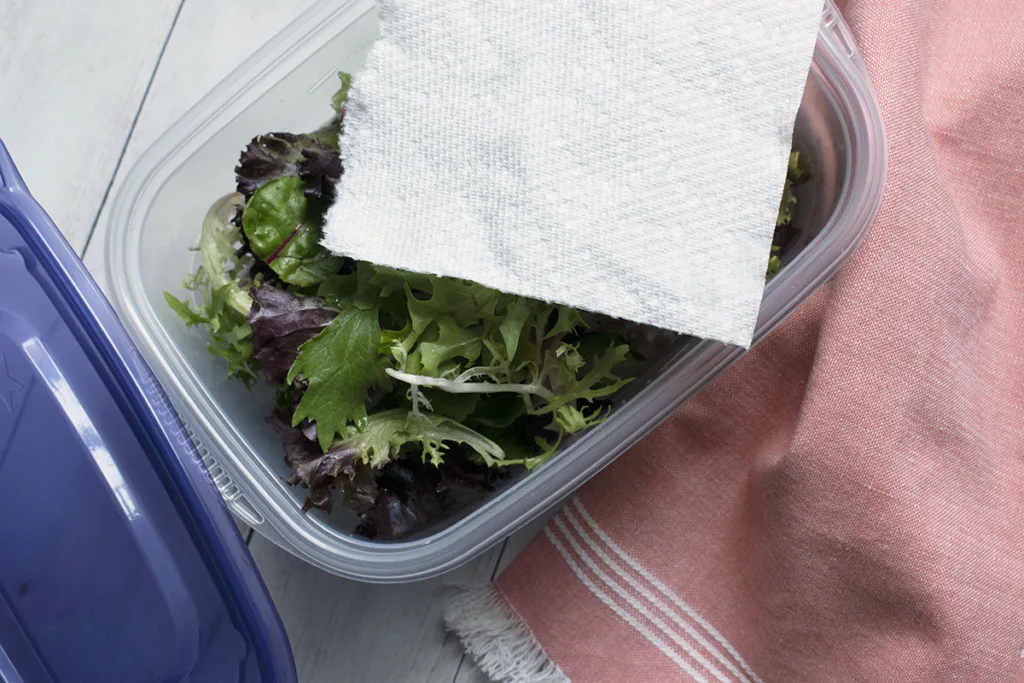
I discovered this hack ages ago when I got sick of buying boxed salad greens and pitching half the container because the greens were all slimy and rotten. Using my method, I can easily have fresh, crisp salad greens for two weeks.
You can read the full tutorial here, but the idea is to transfer the tender greens from the box they come in to a larger container (or containers) before putting them in the fridge. Add a paper towel to absorb excess moisture, and you’ve got much happier lettuce.
Those tiny, tender leaves are so fragile that when in the box from the store, they easily start to rot due to being crammed in a box with no airflow. Transferring them to larger containers will save you money and reduce food waste.
6. Asparagus
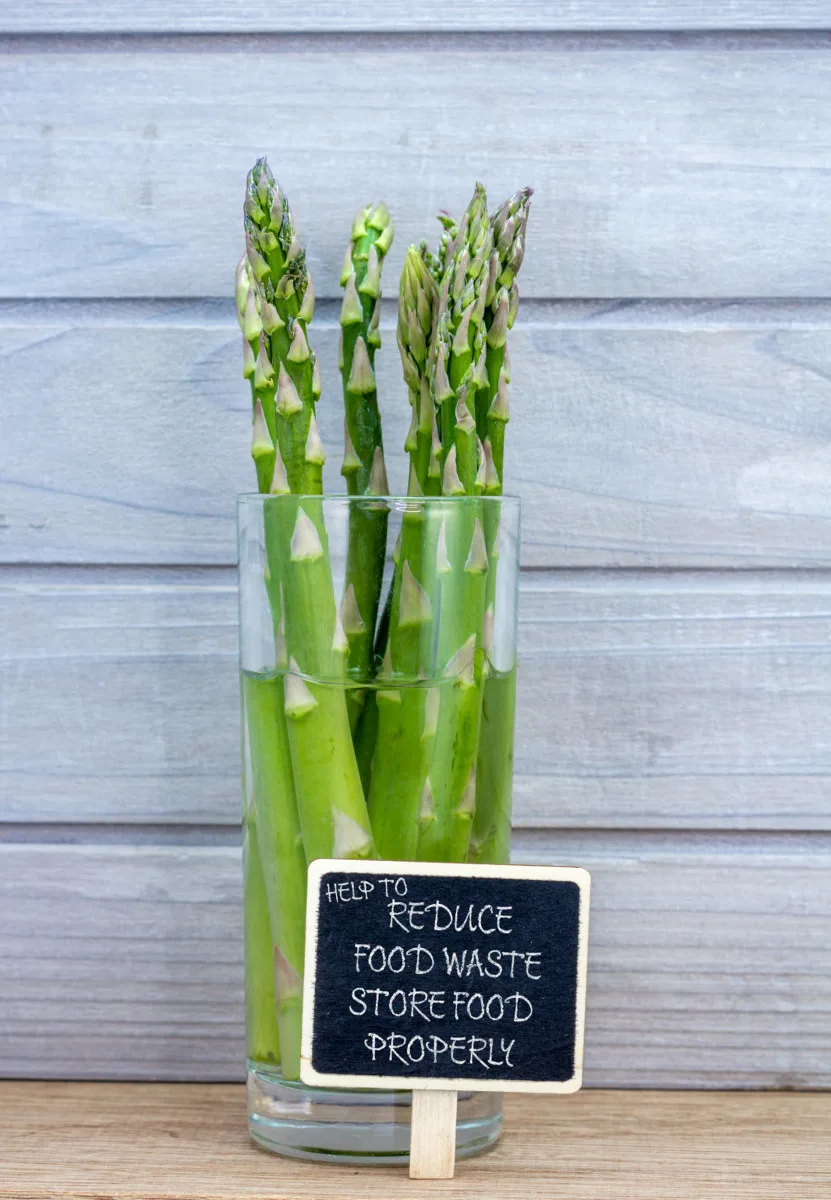
Have you ever planned a nice dinner with asparagus on the menu, only to find the night of the meal, the asparagus tips have started to get slimy, and the stalks are bendy? No one wants to eat that, so in the garbage they go.
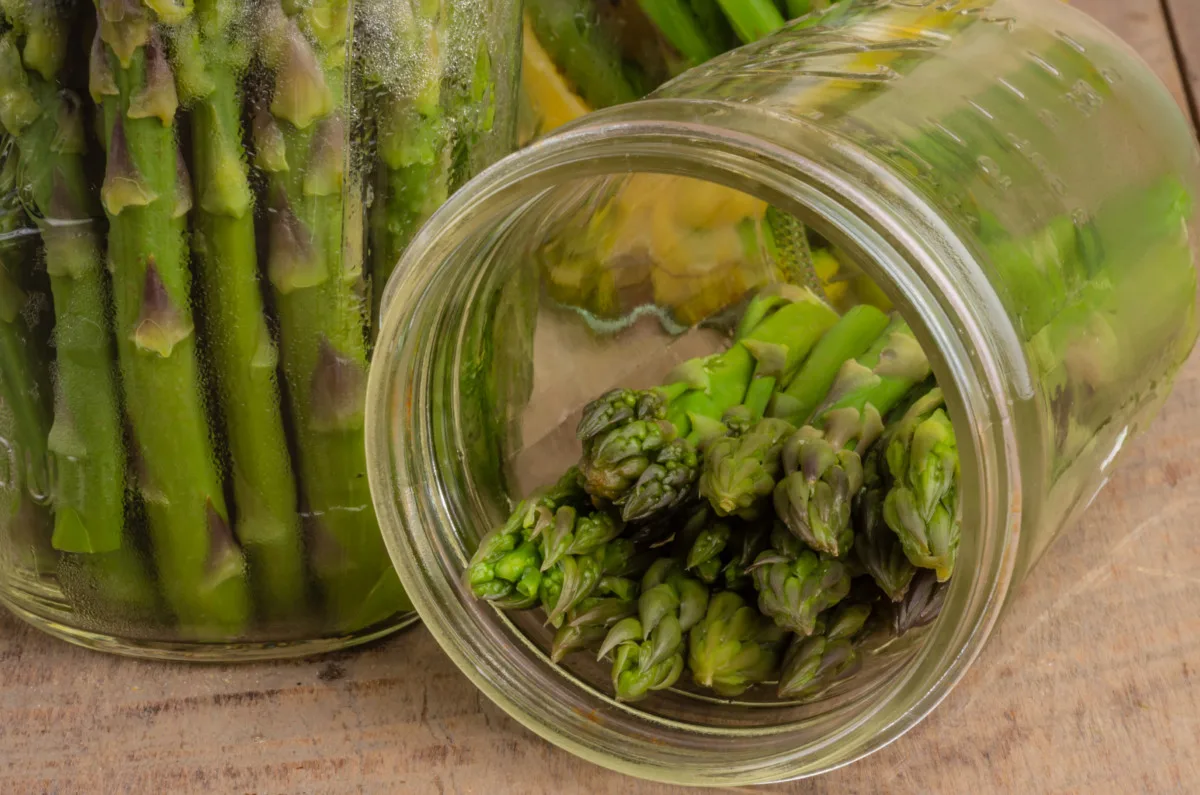
To eke out a few extra days and ensure you’ll have fresh, crisp asparagus, store the stalks in a mason jar with an inch or two of water in the bottom.
Keep the jar in the fridge until you’re ready to cook, and you’ll be enjoying butter-braised asparagus with parmesan curls before you know it.
7. Carrots
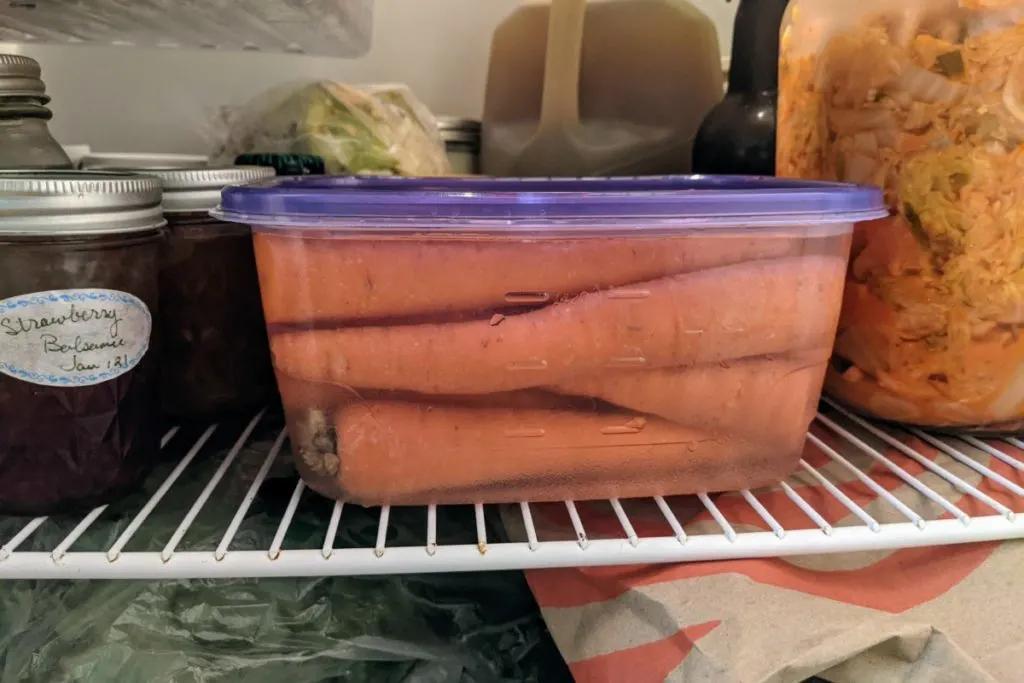
Once carrots have been harvested, they last for quite a while. However, they may not always look appealing or have the best flavor if kept in a plastic bag in your crisper drawer.
For sweet, tender, and crunchy carrots, keep them submerged in a small tub of water in the fridge. The hard flesh won’t get mushy, and you won’t have dried-out crusty-looking carrots. The flavor will stay sweeter for longer as well.
Ethylene causes carrots to taste bitter and can often be affected by other produce stored in the fridge. By storing them in water, you’re preventing them from absorbing ethylene.
Change the water every few days for the freshest carrots possible.
8. Avocados
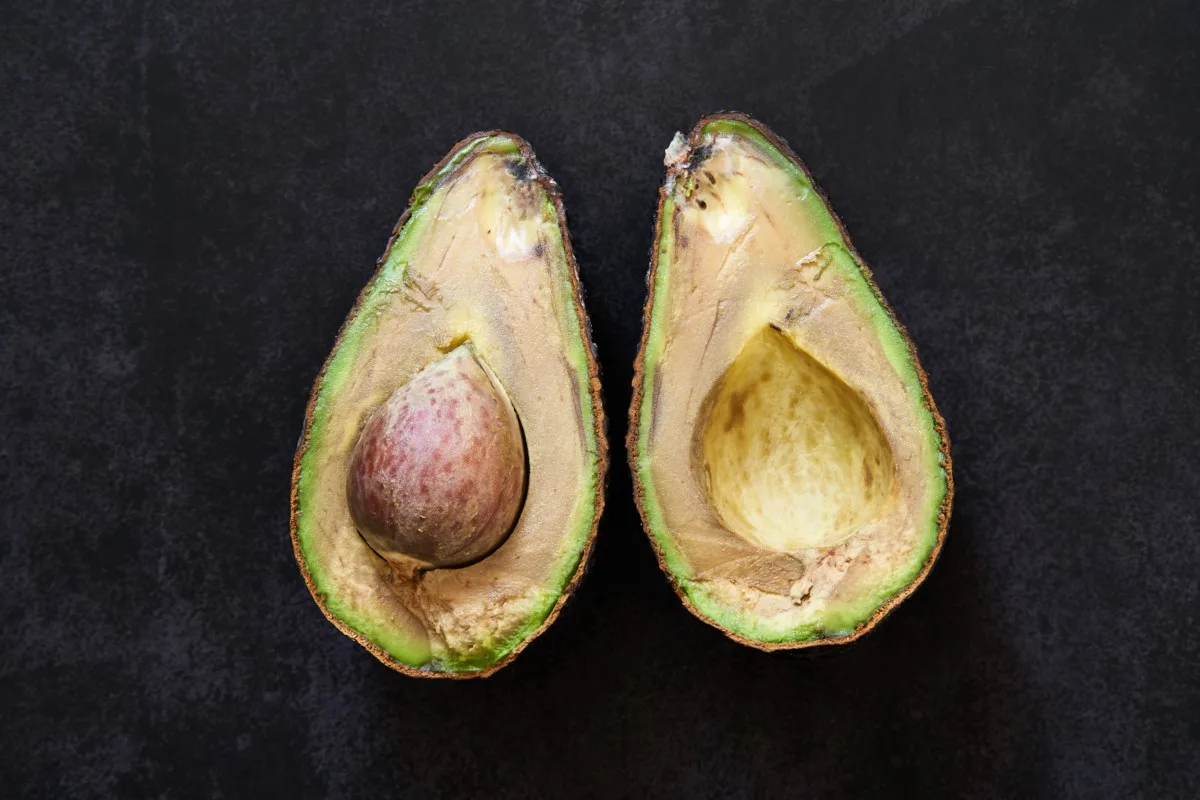
Avocados are probably one of the ficklest fruits we bring home from the store. One minute they’re hard as a rock, and the next, they’re past their prime and have to be tossed.
And what do you do if you only want to eat half? Keeping the other half from turning brown and oxidizing seems impossible, no matter what ridiculous gadgets you try.
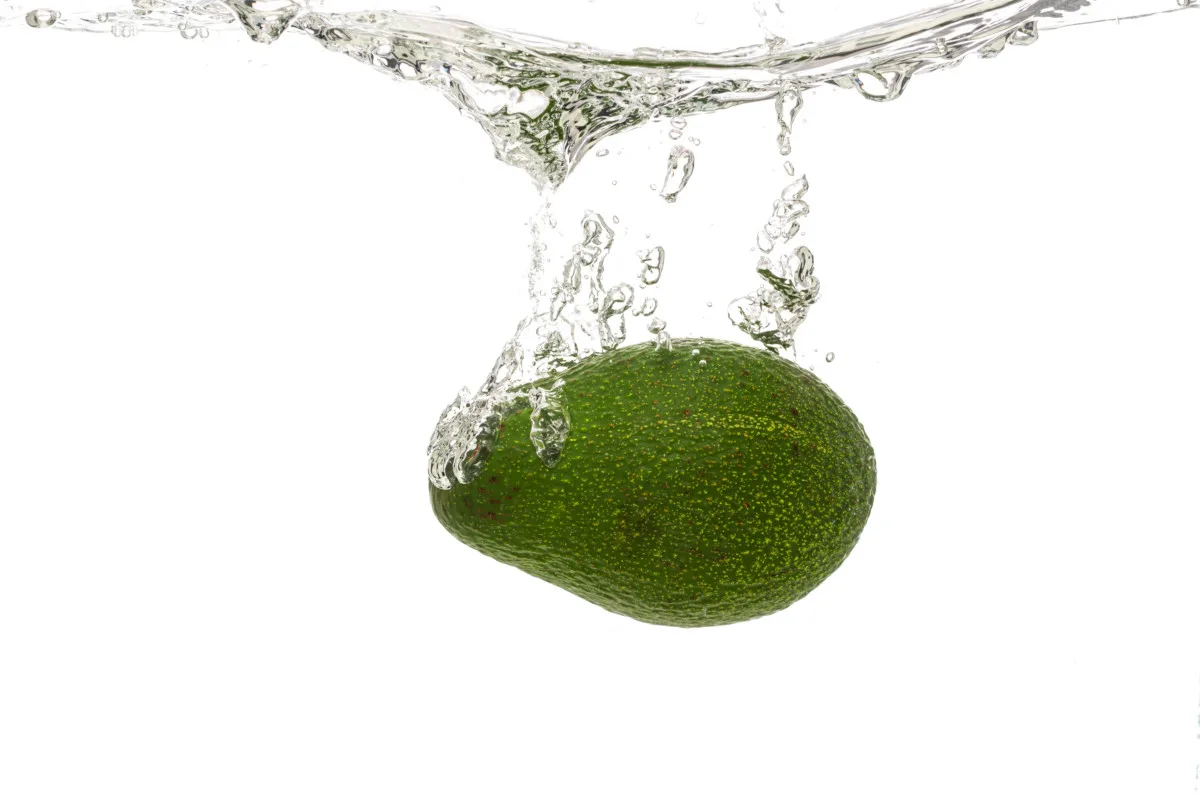
However, keeping avocados fresh, both whole and sliced, is easy to do. Submerge your avocados in water and store them in the fridge. All the healthy fats in avocados keep the water from penetrating the fruit, and being submerged slows the ripening process and prevents oxidation.
No more brown guacamole for you!
9. Clear Things Up
No matter what you do to ensure different types of fruits and vegetables stay fresh, there’s one thing you can do to prevent food waste overall – go clear. Out of sight, out of mind always leads to food getting lost in the depths of your fridge and going bad before you remember it.
Store everything in clear containers, and you’ll be able to see at a glance what you have each time you open the fridge.
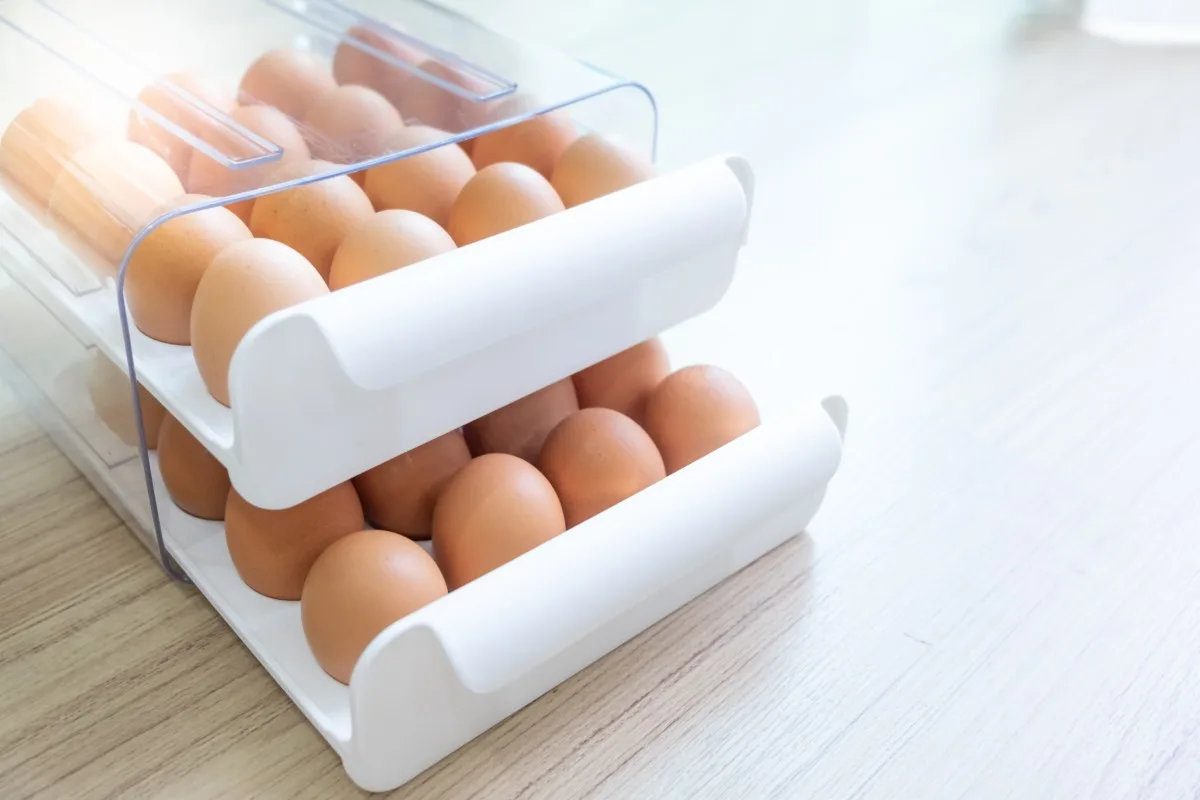
Mason jars, clear bowls, and even a clear egg container make seeing what you have on hand easier.
Are you looking to go plastic-free in the kitchen? Purchasing some glass meal prep containers is a great way to start. Not only will using them speed up your evening meals, but they’re great for storing fresh ingredients too.
My old fridge had white plastic crisper drawers for produce. So my fresh fruits and vegetables were never where I could see them. I ended up pulling the bins out and using clear, stackable bins to hold my produce. It was a real game changer for reducing my produce waste.
If you can see all the healthy and delicious fruits and vegetables whenever you open the refrigerator, you’re more likely to grab something good for you, too.
By making small changes, you’ll save money on food, reduce food waste and spend less time at the grocery store.

Get the famous Rural Sprout newsletter delivered to your inbox.
Including Sunday musings from our editor, Tracey, as well as “What’s Up Wednesday” our roundup of what’s in season and new article updates and alerts.

